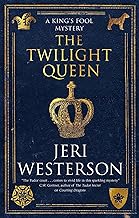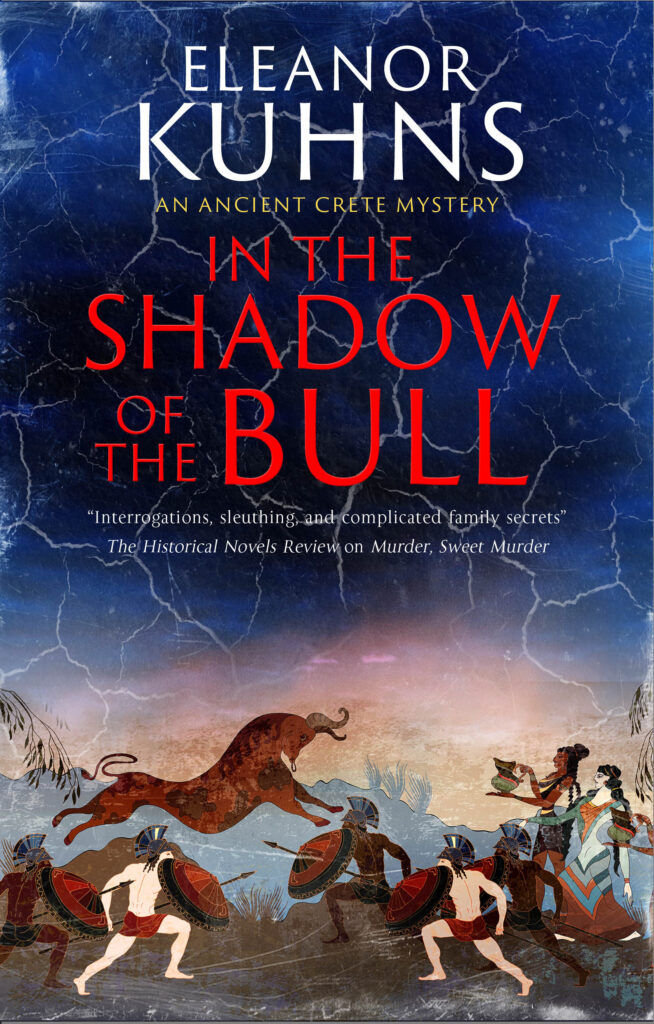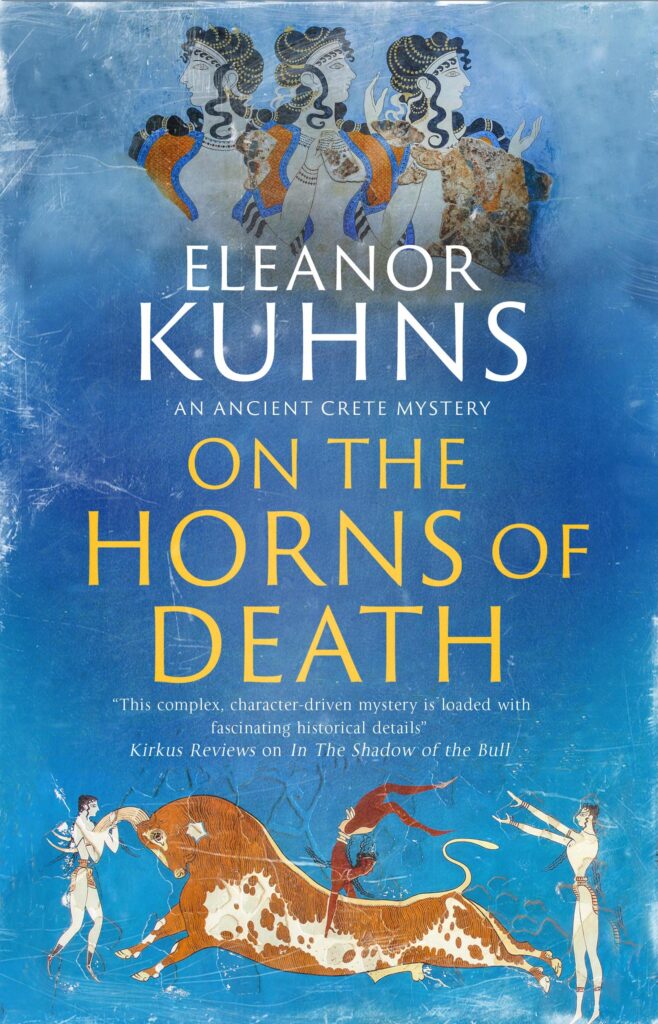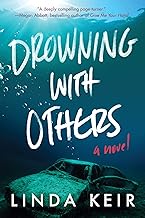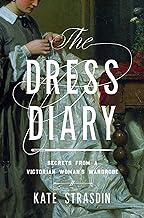As I begin preparing for Malice Domestic, (I am moderating a panel on setting ), I read a book by a featured author. Peril in the Pool House by Judy L. Murray, is the third in the Chesapeake Bay series.

At an open house party, thrown for the announcement of Eliot Davies’ candidacy as well as a welcome to their old, thoroughly renovated house, the body of Eliot’s campaign manager is found stabbed to death in the pool house. Who could have wanted this woman dead?
Helen Morrisey, the realtor who sold Eliot and his wife the house, and sometime detective, begins to poke around. Although warned off by her off and on love interest Joe McAlister, Helen knows Eliot and Alison have sunk every penny into the house – turned into a B & B – and they’ll lose everything unless the murderer is found.
Helen is an engaging detective with an unusual Detective Club. It is an imaginary one including such luminaries as Jane Marple and Nancy Drew.
I enjoyed this so much that I will go back to the first one and read all three. Lots of fun.
I also read The Paris Mistress by Mally Becker.
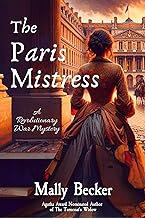
This is the third of the Revolutionary War series. I have enjoyed all of them but this one is my favorite so far.
Becca, along with her mother Hannah and mother-in-law Augusta, travel to France to meet Daniel Alloway. Becca and Daniel plan to marry in France. Almost immediately, Benjamin Franklin asks Becca and Daniel to listen and report back. Franklin knows there is a spy in his household reporting to England. Reluctantly, the couple agrees.
The visit goes from bad to worse. The body of the young man, Jude Fenimore, who’d traveled to France on the same ship with Becca, is found dead on the roof of Franklin’s house. The magistrates in France refuse to allow Becca and Daniel to marry (all for frustrating bureaucratic reasons) and Daniel is attacked.
Now Daniel insists Becca, her mother and mother-in-law return home before something else happens.
Highly recommended.



